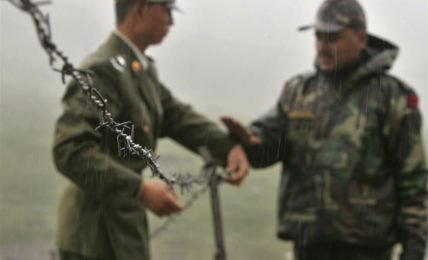Nepal’s Borders and Neighbors – the case for Lipulekh and Tibet
While we would see that Nepal's claims over Lipulekh Pass and Kalapani area are untenable, the reality is that Nepal's claims on Tibet are on far more firmer ground than that of Lipulekh Pass and the surrounding area.






